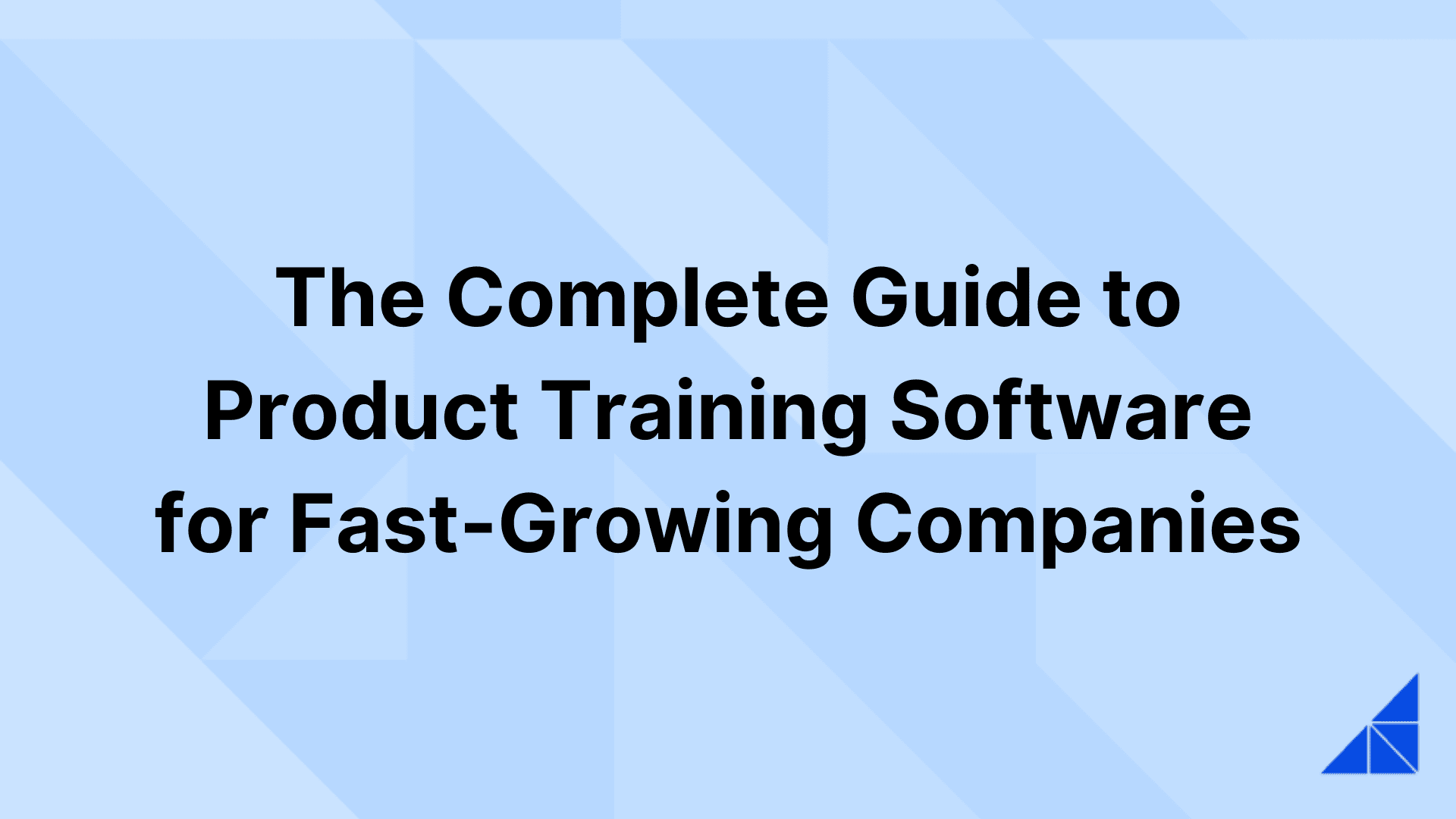Learning Trends
LMS Cost Guide 2025: How Much Should You Budget?
How Much Does an LMS Really Cost? A 2025 Buyer’s Guide
Sep 30, 2025

Samantha Fitzgerald
LMS costs in 2025 typically range from a few dollars per user per month on basic subscription plans to six-figure investments for enterprise platforms with AI, integrations, and compliance requirements. Beyond license fees, you’ll need to budget for implementation, customization, support, and ongoing maintenance.
One of the first questions buyers ask is: how much should we budget for an LMS? The answer depends on your team size, required features, and growth plans.
Let’s walk through the pricing models, cost factors, and strategies to get the most value from your investment.
LMS Pricing Models Explained
Vendors structure LMS pricing in several ways. Understanding these models will help you match costs to your organization’s needs.
1. Subscription-Based Pricing
The most common model: recurring monthly or annual fees.
Monthly plans → flexible for short-term use or testing.
Annual contracts → discounted but less flexible.
Tiered plans → basic features (course delivery, reporting) vs. premium features (analytics, integrations, AI tools).
Best for: organizations with consistent training needs that want predictable costs and the option to scale.
2. Pay-Per-User Model
Here, costs scale directly with learner activity.
Active user pricing → pay only for those who log in during a set period (great for seasonal training).
Licensed seat pricing → fixed number of users, even if unused (predictable, but less efficient).
Best for: organizations with fluctuating training demand or smaller teams. Keep in mind that while volume discounts can help, costs may rise quickly if your user base scales faster than expected.
3. Perpetual Licensing
A one-time purchase with ongoing support/maintenance fees.
Pros → predictable long-term costs, ownership.
Cons → high upfront investment, less flexibility.
Best for: organizations committed to long-term use and with internal IT resources.
4. Custom Development
Building your own LMS from scratch.
Pros: total control over functionality and data.
Cons: very high initial and ongoing costs, dedicated IT required.
Best for: highly regulated or niche industries where off-the-shelf tools fall short.
Main Cost Factors
Beyond licensing, several variable costs can catch buyers off guard:
User capacity: More learners = higher license costs.
AI features: Personalization, auto-content creation, analytics → extra fees.
Integrations: HRIS, CRM, ERP connections add setup + maintenance cost.
Customization: Branding, workflows, and advanced setups drive costs up.
Support: Standard email support is often included; premium support = higher price.
💡 Don’t forget extras like implementation, migration, admin training, compliance, and third-party tools.
Scalability & Growth Planning
Budgeting isn’t just about today—it’s about ensuring your LMS grows with you. Consider:
Negotiating volume discounts early.
Factoring in storage needs as video-based or content-heavy programs expand.
Choosing platforms with built-in advanced features (analytics, mobile learning) to avoid add-ons later.
WorkRamp: Cost Structure and Features
WorkRamp offers custom pricing based on user count, features, and integrations. It supports both employee learning and customer education through its dual-cloud model:
Employee Learning Cloud
Professional: core features (course authoring, SCORM, badges, reporting, integrations, mobile, SOC2).
Enterprise: everything above + WorkRamp AI, HRIS connectors, Salesforce integration, SSO, dedicated support.
Customer Learning Cloud
Professional: academies, live event registration, certifications, ecommerce, reporting.
Enterprise: advanced community sites, multi-academy support, custom domains, SSO.
Add-ons: off-the-shelf courses, AI practice, data warehouse connectors, EU-only data center.
Enterprise customers also get dedicated account managers. Preparing your user counts, growth projections, and integration needs upfront ensures a smoother rollout and more accurate pricing.
Budgeting Framework: Step by Step
Here’s a structured approach to setting your LMS budget:
Gather input: HR, IT, managers, end users.
Prioritize features: must-have, nice-to-have, future needs.
Model cost scenarios: get quotes for different tiers and feature sets.
Compare against ROI: weigh costs vs. expected performance improvements.
Add a contingency fund: cover hidden costs (extra licenses, customizations).
Cost Comparison Matrix Example
Feature Category | Basic Tier | Advanced Tier | Business Impact |
Core Tools | Course authoring, compliance | Interactive tools, advanced analytics | High |
Integrations | Standard connections | Enterprise integrations (HRIS, CRM) | Medium |
Reporting | Standard reports | Custom dashboards, analytics | High |
Support | Standard | Dedicated, premium | Medium |
Maximizing ROI
To keep costs aligned with outcomes:
Audit licenses so you’re only paying for active users.
Phase in advanced features—start with essentials, then add AI or integrations later.
Review usage quarterly to adjust renewals or downgrade unused features.
Tie LMS spend to KPIs like onboarding time, compliance completion, employee retention, and customer satisfaction.
💡 Example: WorkRamp’s AI Assist can reduce content creation time and personalize learning at scale, helping balance cost with efficiency.
FAQs
Still weighing options? Here are answers to a few of the most common buyer questions.
Q: Subscription vs. pay-per-user—what’s better?
Subscription = steady costs, best for large or stable teams. Pay-per-user = scalable for small or fluctuating teams.
Q: What other costs should I plan for?
Integration fees, migration, advanced support, compliance, and storage. Always budget 10–15% extra as a buffer.
Q: How do I make sure my LMS supports growth?
Set measurable training goals, review quarterly, and choose a scalable platform that evolves with your needs.
✅ Bottom line: LMS costs depend on pricing model, user base, and features. WorkRamp offers flexible plans that let you start small and scale strategically—keeping costs aligned with business outcomes.




